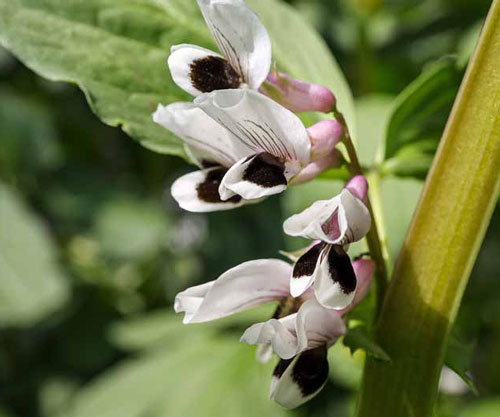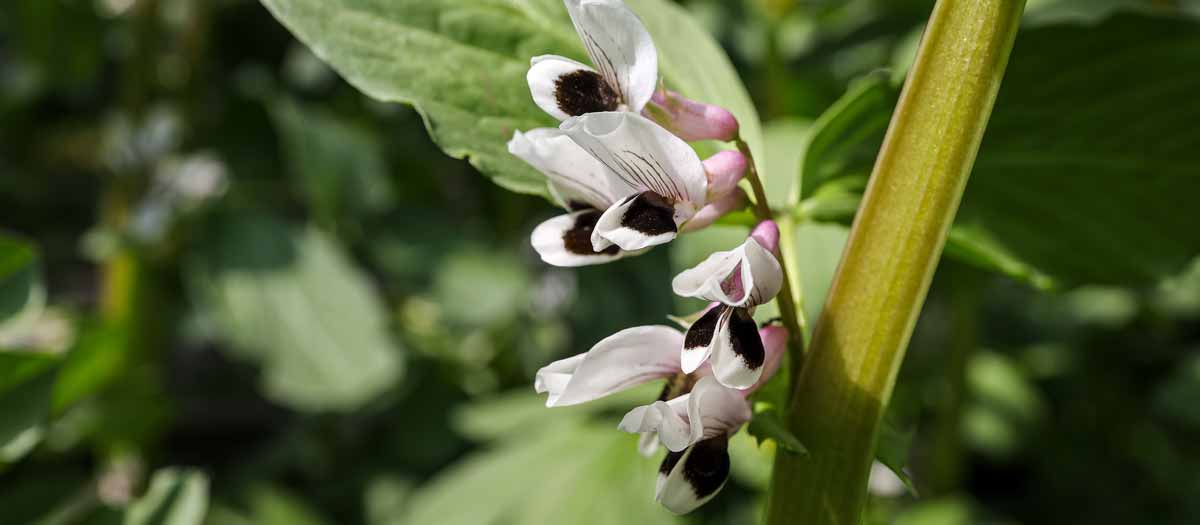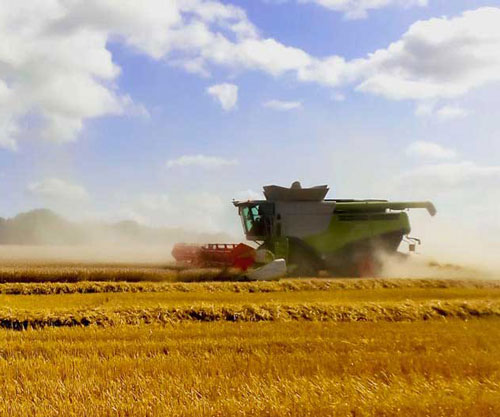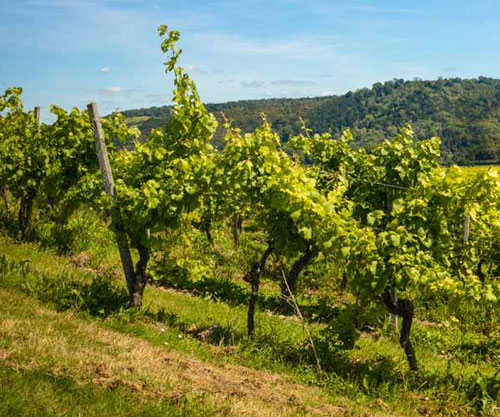Alternative proteins
19 March: Site maintenance at 16:00 GMT today - if you are logged in at this time you will be logged out briefly.

Alternative proteins
Alternative proteins

The need for these new proteins is partly due to increasing populations, with limited land available for farming and the impact of some farming systems on climate change. We also need to produce more sustainable sources of plant proteins to replace our reliance on soya in the UK, which is currently shipped across the world and linked to issues including deforestation.
With the rise of ' flexitarianism', more people are also choosing to eat less meat and dairy products in their everyday lives.
Because of this increasing demand, the alternative protein sector is growing very quickly. Sales of alternative proteins in the UK increased by 73% between 2018 and 2020.
What are alternative proteins?
We can get protein from plants, like beans and peas. Insects are also another good source of proteins, though these are mainly used for animal feed. It's possible to extract proteins from seaweed and ferment food like fungi to create new food products.
Protein cells can even be grown in laboratories and used in meat-like food substitutes. Our scientific understanding of proteins and how we can produce them with new biotechnology is changing rapidly. Scientists and businesses are working together to create many innovative new food products.
One area of exciting innovation is the ability to create proteins from products that would otherwise go to waste. For instance, we can extract protein from the grain used in brewing beer that would otherwise go to landfill or biomass boilers. This not only helps reduce the climate impact of our current food production systems but could help solve nutritional problems for our growing population.
Careers in alternative proteins
While the sector is growing very quickly, it's still small compared to other areas of traditional agricultural and horticultural production.
However, the sector is expected to be worth £22 billion (US$27 billion) by 2027 globally, according to research by UKRI and Growing Kent and Medway. This will mean more jobs will likely become available in this industry, and the workforce will need an entirely new skill set compared to our current food production roles.
It's predicted that more arable farmers and outdoor field horticultural producers will be growing higher volumes and different types of legumes (peas and beans) in the future. For example, many trials are happening on crops such as broad beans (fava beans) so they can be grown and processed easily in the UK as they're a great source of proteins for human consumption and animal feed.
Working in this sector, you'll be developing pioneering new products. You may be in a scientific or research role or a food production and processing role.
Scientists and businesses work together to make these new innovative foods taste great. With cutting-edge equipment, they can improve texture and flavour and change the product formulations to make them healthier, for example, by reducing the salt and fat content.
There are many smaller entrepreneurial start-up companies in this sector, as well as larger, well-known brands like Quorn.
Find out more about other sectors in farming and growing in England.

